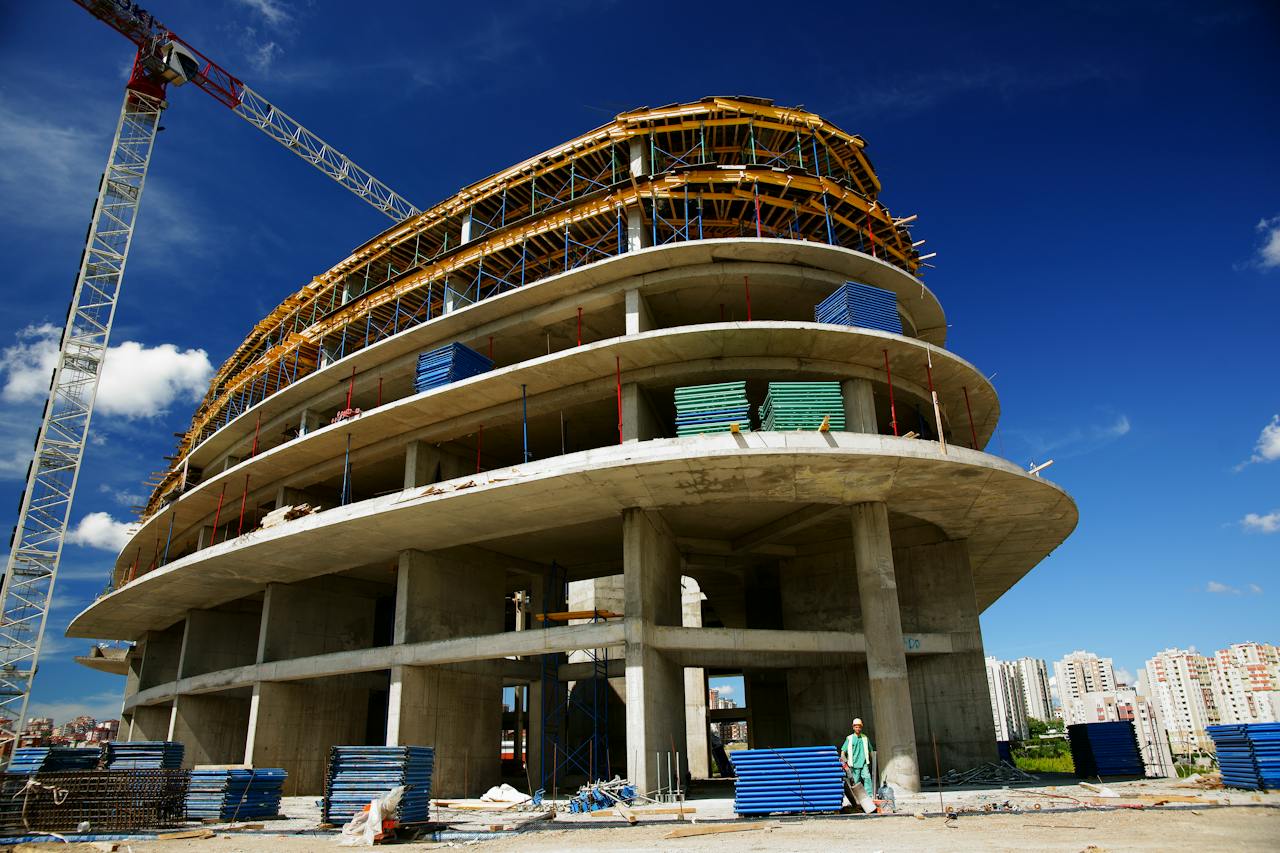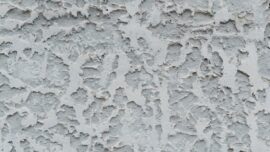
Exploring the Benefits and Trends of Eco-Friendly Construction Materials
In the vast construction landscape, where cement and steel dominate, a whisper of change alters how we build and respect our environment. The construction industry, a heavyweight in climate change, is finding solace in eco-friendly construction materials. These materials aren’t just elements; they are stories of sustainability, tales of reducing our carbon footprint and building a healthier future.
Benefits Of Embracing Eco-Friendly Construction Materials
As we delve into eco-friendly construction materials, we unearth benefits for the environment and people who inhabit these spaces.
1. Mitigate Environmental Impact: Choosing eco-friendly construction materials becomes a deliberate move to mitigate the industry’s environmental repercussions. These materials actively contribute to reducing greenhouse gas emissions, promoting resource conservation, and minimising overall waste generation.
2. Boost Energy Efficiency: Incorporating eco-friendly construction materials isn’t just a nod to sustainability; it’s a dance with energy efficiency. Buildings adorned with these materials witness lower energy bills, fostering a significant reduction in carbon emissions—a graceful alignment with eco-conscious practices.
3. Elevate Indoor Air Quality: Eco-friendly construction materials aren’t merely structural but breaths of fresh air. With fewer harmful pollutants released, these materials nurture improved indoor air quality, crafting a healthier and more comfortable environment for those within.
4. Uphold Human Health and Well-Being: The narrative shifts to the well-being of the occupants. Residing or working in buildings constructed with eco-friendly materials contributes to reduced stress levels, improved mood, and heightened cognitive function—a holistic embrace of sustainability.
Trends In Eco-Friendly Construction Materials
Amidst the echoes of change, certain materials stand out as champions of eco-conscious construction.
– Wood: A timeless companion in construction, wood is a renewable resource that is strong, durable, and energy-efficient. Its insulating properties offer a cosy haven, echoing the wisdom of our ancestors.
– Bamboo: Nature’s fast-paced gift, bamboo, emerges as a versatile, strong, and lightweight resource, finding its place in framing, flooring, and furniture—a sustainable dance with structural finesse.
– Recycled Materials: The resurrection of discarded materials, from concrete to plastic, paints a canvas of resource conservation and waste reduction—a harmonious blend of sustainability and innovation.
– Sustainable Materials: From cork to hemp, sustainable materials weave into the construction narrative, minimising environmental impact and casting a vision of greener tomorrows.
The Future Of Eco-Friendly Construction Materials
The journey into sustainable construction materials is not a passing trend; it’s a roadmap to the future. As awareness grows, their utilisation is poised to rise. The tale doesn’t end here; it evolves. New and innovative eco-friendly construction materials continue to emerge, offering a glimpse into a future where sustainability is not just a choice but a responsibility.
Sustainable Foundations: The foundation of sustainable construction is laid with recycled materials, reducing the demand for virgin resources and carving a path towards a lower carbon footprint.
Energy-Efficient Insulation: Energy efficiency takes centre stage with insulation materials like recycled denim or cellulose, offering thermal performance and reducing constant heating and cooling needs.
Recycled Steel and Metal: Integrating recycled steel and metal lessens the demand for raw materials, maintaining structural integrity while diminishing the energy required for manufacturing.
Solar-Embedded Materials: Solar-embedded materials like roof tiles and photovoltaic glass harness the sun’s power, reducing reliance on non-renewable energy and contributing to a sustainable energy mix.
Earth-Friendly Concrete Alternatives: Concrete, a notorious carbon emitter, faces alternatives like hempcrete and ferrock, aiming to reduce environmental impact by sequestering carbon.
Green Roofs and Living Walls: Roofs transform into green sanctuaries, and walls burst into life with greenery, enhancing aesthetics, reducing heat effects, and promoting biodiversity in urban landscapes. We do not just produce building materials; we provide consultations on building projects through our construction specialists.
As the construction industry embraces these eco-friendly materials, it becomes more than just a revolution; it’s a responsibility. Sustainable construction materials are keystones in building a resilient and responsible future, from mitigating environmental impact to enhancing energy efficiency. By staying attuned to these trends and weaving eco-friendly practices into the fabric of construction, Carnegie Industries is set on becoming a steward of sustainability, shaping a legacy for future generations. Check out our products.




